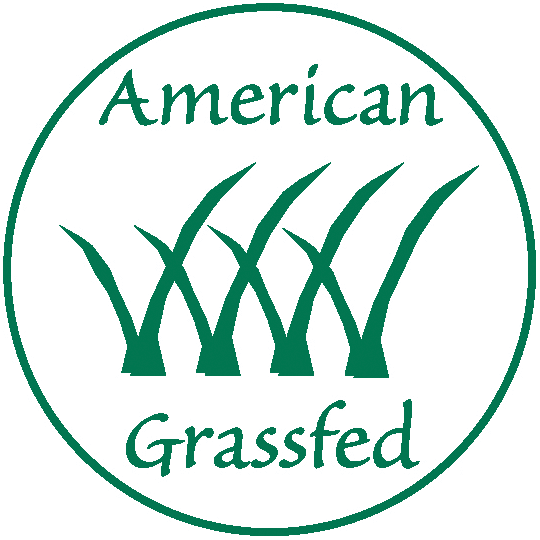
How We Do It
Our farm revolves around the practice of of intensive rotational grazing, which involves keeping our livestock continuously on the move.
In order to distribute their impact evenly and efficiently across the land, we move them daily to fresh pasture. Once a given patch has been grazed and trampled down, we move the herd to the next area, leaving the grazed pasture time to regrow fully before being revisited.

Rotational grazing is the way almost all herbivores evolved to live. The ancestors of today’s domesticated livestock--be it the wild ox or bison or mouflon sheep that once roamed Europe-- survived as migratory herds roaming the landscape as they grazed. The advent of livestock farming was among the hunter-gatherer, and later, pastoral nomadic societies in Africa and Asia. These early farmers lived on the move with their livestock.
Our rotational grazing follows the same pattern, allowing our animals to graze an area of the pasture as a herd for a short period before being moved to another section of grass.
This is what they were born for!
By following the grazing patterns that mimic natural animal presences on the land, we work with the environment to farm without destroying the myriad ecosystem services that are provided by well-tended land.
Living and eating on the move allows our livestock to exercise and explore, they also get the benefit of a diet entirely comprised of fresh, clean forage (and insects, for the chickens).
Because our animals are always grazing on the freshest grass tips, they are exposed to less pressure from the parasites and diseases associated with manure buildup and soiled feed. This means we do not have to rely on a regimen of chemical dewormer medications on our herd every few months.


Grasses co-evolved with periodic grazing pressure. The trampling of our animals’ hooves works organic matter into the soil and their movement naturally spreads nutrient-rich manure. Similar to pruning, with each grazing, the grasses and legumes in our fields send their roots deeper and deeper into the soil, forming a thick sod. Because rotational grazing incorporates intentional rest periods, the grass has time to recover fully before being revisited.

